ROLAND PIANO REALITY - Roland's new digital piano approach.
Roland will introduce Piano Reality in 2023 - a new approach in which not only the generation of sound, but the entire acoustic playing experience in all its facets is reproduced as accurately as possible. We look at how this development came about in this blog post.
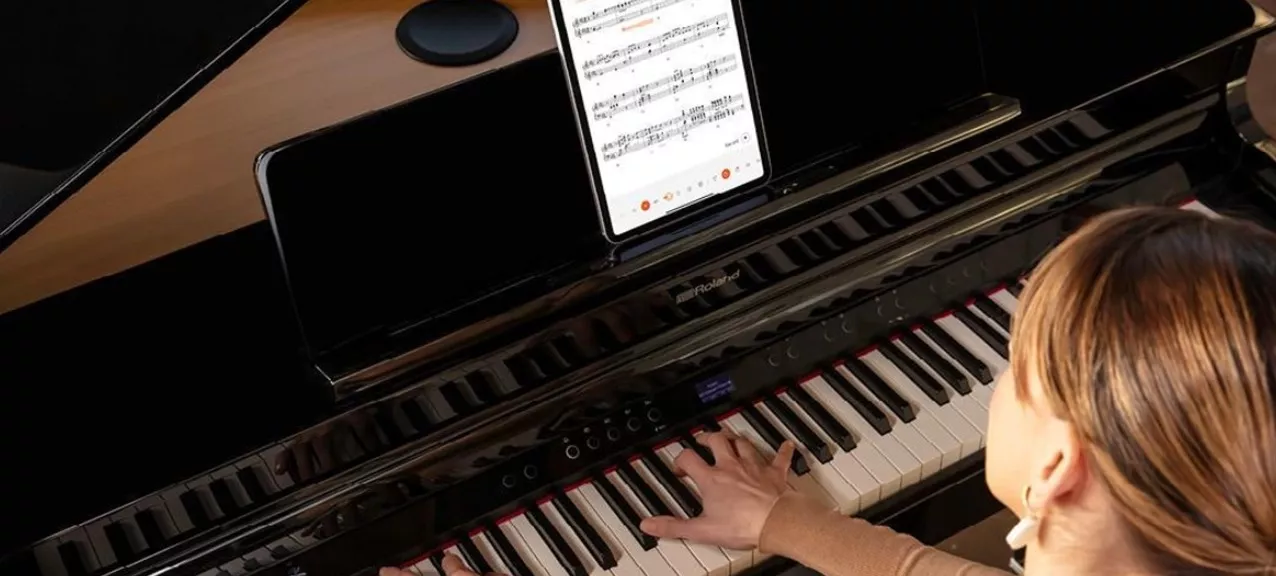
All digital piano manufacturers have chosen to produce digital pianos based on the sampling technique since the 1980s. Each brand used a different name, such as "Harmonic Imaging," "Wave Synthesis" or "Advanced Wave Memory" but the basis was always the same. Simply put, sampling technology uses microphones to make short recordings of acoustic pianos (called "samples") for playback in a digital piano. More expensive digital pianos had 88-note samples (meaning that the manufacturer made recordings of every note on the acoustic piano), while less expensive instruments made samples every 4-5 notes, and then software transposed them to complete the keyboard in this way, which introduced artifacts.
As technology (and the memory required) improved, manufacturers added more samples to the mix to capture tonal changes within the piano as keys were played with more force, as pedals were used and, as more notes mixed during performance. It seemed that sampling was the way of the future....
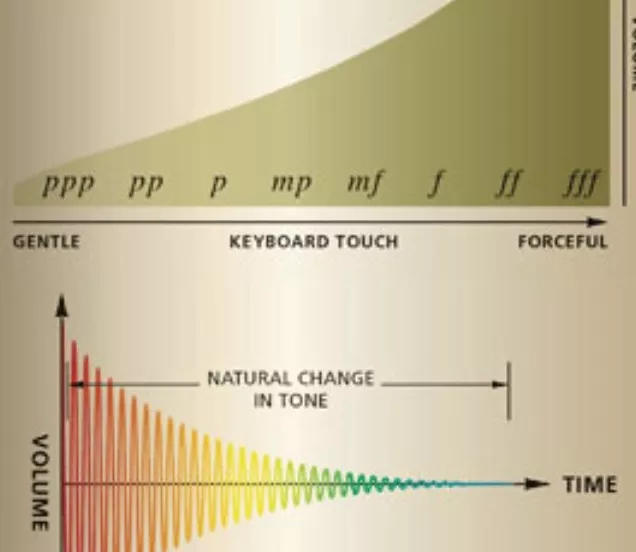
Sampling technology improved tremendously over the years, but there were still significant limitations. One was the available dynamics or the maximum number of volume levels per key limited to 128 steps. This may sound like a lot, but remember that an acoustic piano has an unlimited dynamic range. Because the timbre of a piano sound evolves tremendously with touch, the digital pianos of yesteryear often sounded flat and artificial. Also, samples could not be adjusted afterwards. The recording was fixed and there were few options to adjust the sound to the pianist's taste. Finally, the samples had to be looped if the keys were pressed longer than the original recording. Finally, sampling also proved very difficult to realistically reproduce the string resonances of an acoustic instrument.
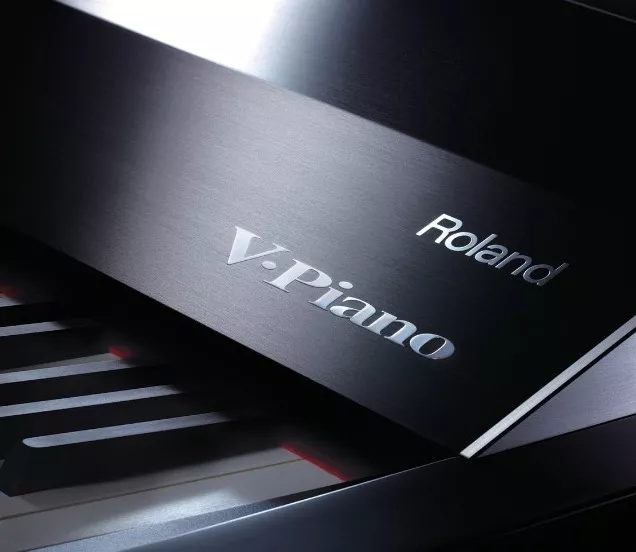
So in 2013 Roland released the SuperNATURAL technology - based on the V-Piano sound engine that was first marketed back in 2009 as the new revolutionary digital piano technology. The V-Piano does not use sampling but modeling. A piano sound is created via mathematical "models." Opinions were divided about the realism, but the fact was that now a lot more sound parameters could be adjusted by the user. This SuperNATURAL technology combines traditional sampling and modeling to create a more authentic piano sound. Here, instead of classic sample looping and artificial fades, Roland uses a modeling algorithm (processed in real time by the piano's built-in sound engine) to create natural, organic sustain and decay. The dynamic curve was also divided into 16000 steps (instead of 128). But even this still had its limitations: the system was still tied to samples (or small recordings of the piano sound) and thus had to rely on large amounts of memory to operate. This limited not only the number of notes that could be played simultaneously (polyphony) but also the reproduction of overtones (or sympathetic resonance): notes that sound in harmony with those you play on an acoustic piano, even though they themselves were never played directly. Although the resulting performance was better than pure sampling-based techniques, SuperNATURAL pianos still did not behave like acoustic pianos.
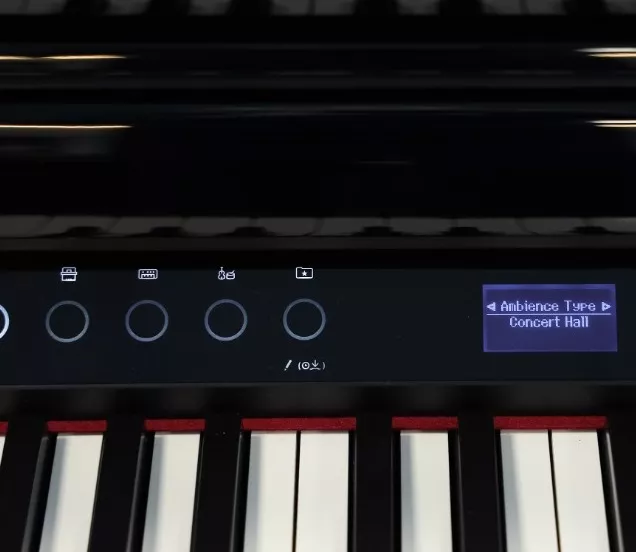
Roland continued to search for perfection and in 2016 released its PureAcoustic sound chip which introduced a higher-resolution modeling algorithm with even more dynamic levels per key, Ambience modeling (the ability to adjust the "reverberation" or echo in the piano's tone) and started generating physical vibrations in the piano's keys so that the instrument felt even more like an acoustic piano. But as stunning as this technology was, it was not perfect. It was limited by the speed of the processor and the keys. Also, the conversion to analog amplification and the space to place sufficient and appropriate speakers was not optimal.
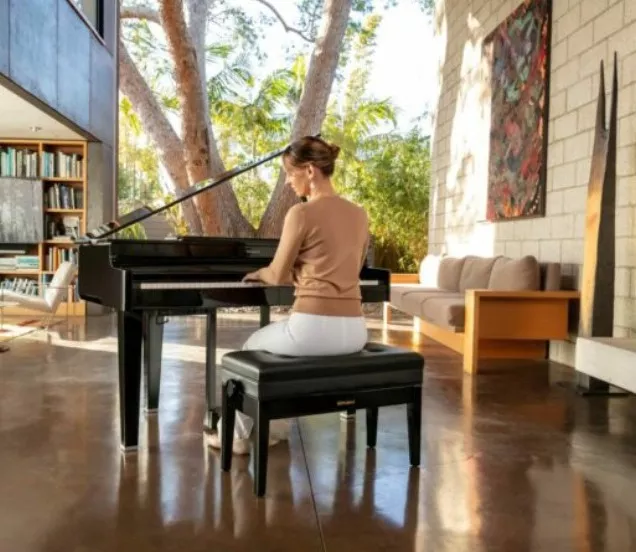
So Roland decided to go back to "the drawing board" and take a fresh look at what they were releasing so far. New high-speed processors and sensors were now designed for modeling. A fully digital audio circuit and amplification system with cabinets where great attention was paid to the best-fitting speakers and ideal speaker positioning. Early in the process, they realized that this new modeling platform would require a holistic approach to the digital piano. Each component required not only an individual redesign but also integration into the system as a whole. Therefore, Roland engineers had to view the new platform as an all-encompassing environment with separate areas of focus that had to fit together perfectly.
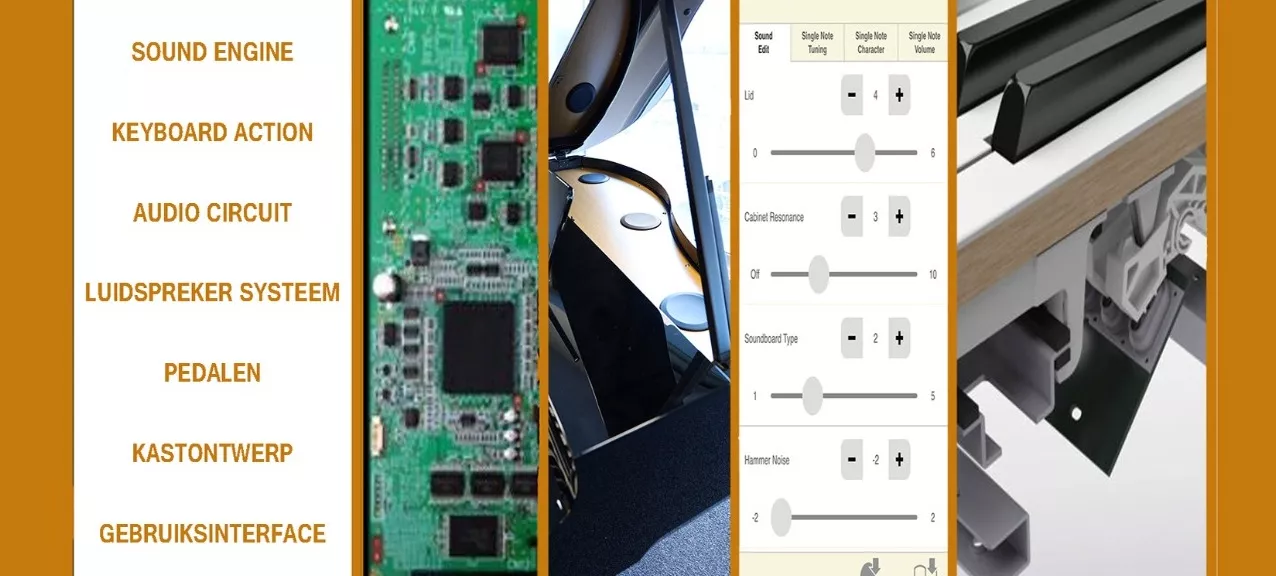
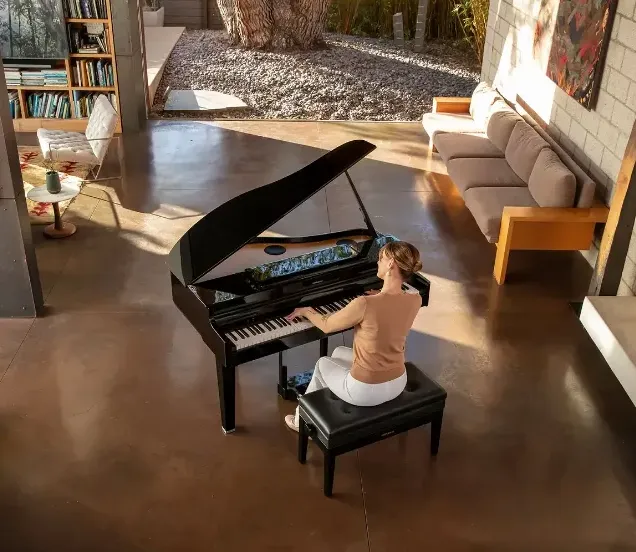
Finally, in 2023, Roland introduced this new piano ecosystem designed to fully immerse the player in the sights, sounds, and sensations of an acoustic piano performance. Roland engineers envisioned the new platform as a kind of virtual reality system for piano players and named this new holistic environment "Piano Reality." The Roland digital grand piano models GP 3 - GP 6 - GP 9 are the first to be equipped with this "Piano Reality."
There is also a GP9M - "moving keys," a version of the GP9 with self-playing keys.

